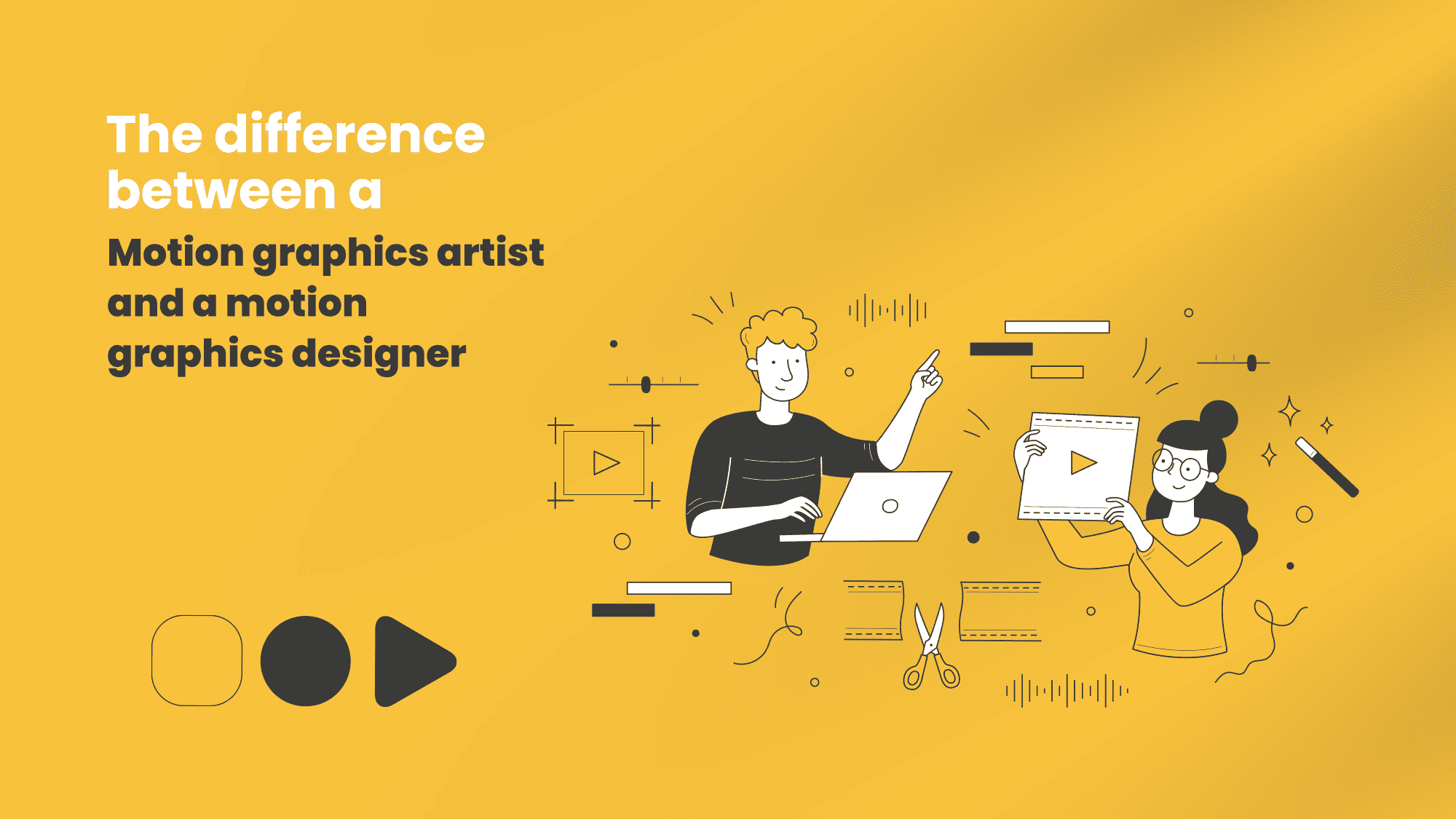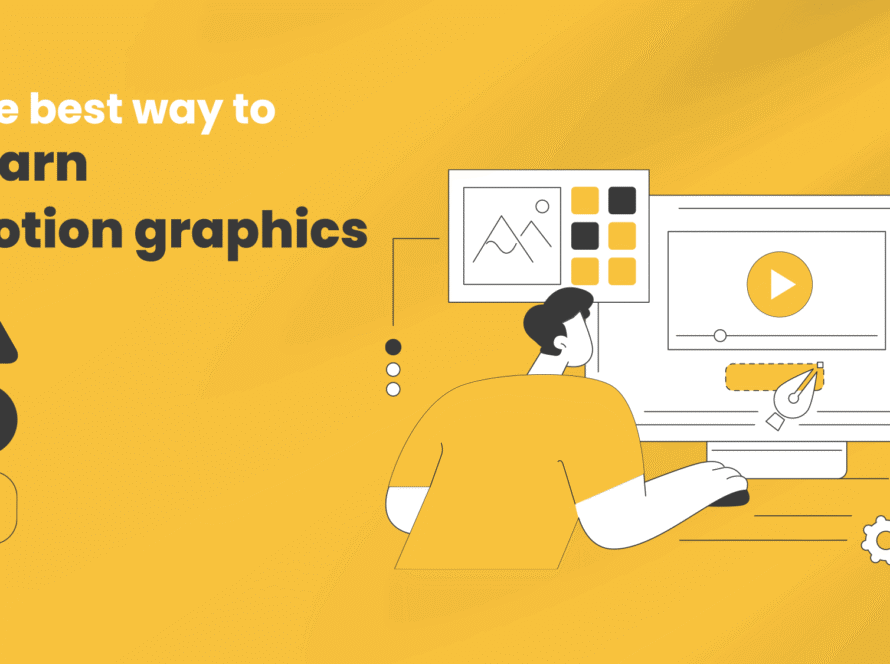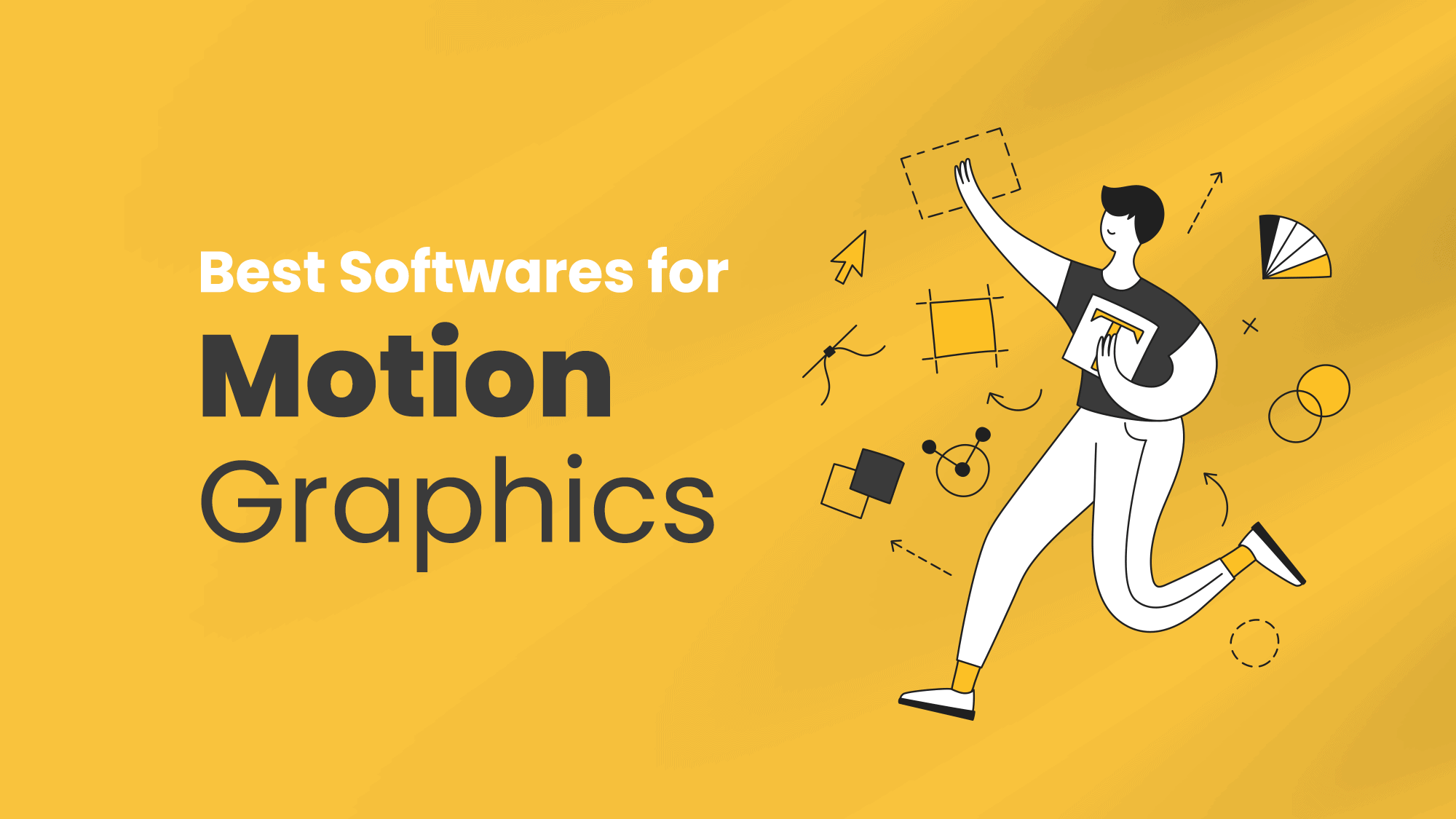What is the difference between a motion designer and a motion artist?
In the dynamic world of visual storytelling, the roles of motion graphics artist and motion graphics designer are often intertwined, leading to confusion about their distinct responsibilities. While both contribute to the creation of captivating visual content, understanding the nuances of their roles sheds light on the unique skills each brings to the table. In this exploration, we delve into the differences between a motion graphics artist and a motion graphics designer, unraveling the intricacies of their respective crafts.
If you’re in need of top-notch motion graphics services, look no further. Visit this page to explore the services we offer at Smart Media.
Motion Graphics Artist: Elevating the Craft with Artistry
-
Visual Storytelling Through Artistic Expression:
– Focus on Aesthetics: A motion graphics artist is primarily driven by artistic expression. They infuse a strong sense of creativity and aesthetics into their work, aiming to evoke emotions and create visually stunning narratives.
– Expressive Animations: Artists excel in bringing abstract concepts to life through expressive animations. Their work often involves pushing the boundaries of visual aesthetics to craft unique and visually impactful pieces.
-
Emphasis on Individual Style and Innovation:
– Distinctive Style: Motion graphics artists are known for developing a distinctive visual style that sets them apart. Their creations often reflect a personal touch and a unique approach to animation, showcasing a blend of innovation and creativity.
– Innovation in Techniques: Artists frequently experiment with unconventional animation techniques, exploring new ways to convey messages and tell stories through motion. Their work is characterized by a willingness to break away from traditional norms.
-
Collaboration with Visual Artists and Directors:
– Visual Collaboration: Motion graphics artists often collaborate with visual artists, directors, and other creatives to bring their visions to life. Their ability to seamlessly integrate visual elements contributes to the overall artistic direction of a project.
– Visual Effects Mastery: Artists may specialize in visual effects, contributing to the creation of surreal and visually impactful scenes. Their work often involves a deep understanding of color theory, composition, and the emotional impact of visuals.
-
Exploration of Abstract Concepts and Experimental Animation:
– Abstract Narratives: Motion graphics artists are inclined to explore abstract concepts and convey narratives that may not adhere to traditional storytelling structures. Their animations may delve into the realm of the abstract, creating visually intriguing and thought-provoking content.
– Experimental Animation Techniques: Artists often engage in experimental animation techniques, leveraging the medium to convey emotions and ideas in unconventional ways. This experimentation adds an avant-garde dimension to their work.
Motion Graphics Designer: Crafting Coherent Visual Narratives
-
Strategic Visual Communication:
– Message-Centric Approach: A motion graphics designer takes a more message-centric approach, focusing on effectively communicating a specific message or concept. Their work is driven by the need to convey information in a clear and visually appealing manner.
– Alignment with Branding: Designers often work within the framework of established brand guidelines, ensuring that their motion graphics align seamlessly with the overall branding strategy. Consistency and clarity are key considerations.
-
Integration of Design Principles:
– Graphic Design Expertise: Designers possess a strong background in graphic design, using their expertise to create visually cohesive and aesthetically pleasing elements. The emphasis is on integrating design principles, such as balance, hierarchy, and typography, into motion graphics.
– Storyboarding and Planning: Designers engage in meticulous planning, utilizing storyboarding to outline the sequence of scenes, transitions, and key elements of the animation. This planning ensures a structured and well-paced visual narrative.
-
Collaboration with Marketing and Communication Teams:
– Strategic Collaboration: Motion graphics designers often collaborate closely with marketing and communication teams. Their work is strategic, aligning with the broader goals of a campaign or project to effectively engage target audiences.
– Alignment with Marketing Objectives: Designers consider marketing objectives, ensuring that their motion graphics contribute to the achievement of specific goals, whether it’s increasing brand awareness, driving engagement, or conveying key messages.
-
Technical Proficiency in Animation Software:
– Mastery of Animation Tools: Designers are proficient in using animation software, with a focus on technical precision. They leverage industry-standard tools such as Adobe After Effects, ensuring that their animations are polished, well-executed, and technically sound.
– Efficient Workflow: Designers prioritize an efficient workflow, balancing creativity with technical proficiency. Their animations are often characterized by smooth transitions, precise timing, and a seamless integration of visual elements.
Conclusion: The Intersection of Artistry and Design
In conclusion, while the roles of motion graphics artist and motion graphics designer share common ground in the realm of visual communication, they each bring a unique set of skills and perspectives to the table. The motion graphics artist leans towards artistic expression, innovation, and experimentation, crafting visually stunning and emotionally resonant pieces. On the other hand, the motion graphics designer focuses on strategic communication, design principles, and technical proficiency, ensuring that the visual narrative aligns with branding and marketing objectives.
The intersection of artistry and design in the world of motion graphics showcases the diverse talents within this dynamic field. As the visual landscape continues to evolve, the collaboration between motion graphics artists and designers contributes to the creation of compelling and impactful visual content that captivates audiences across industries.




